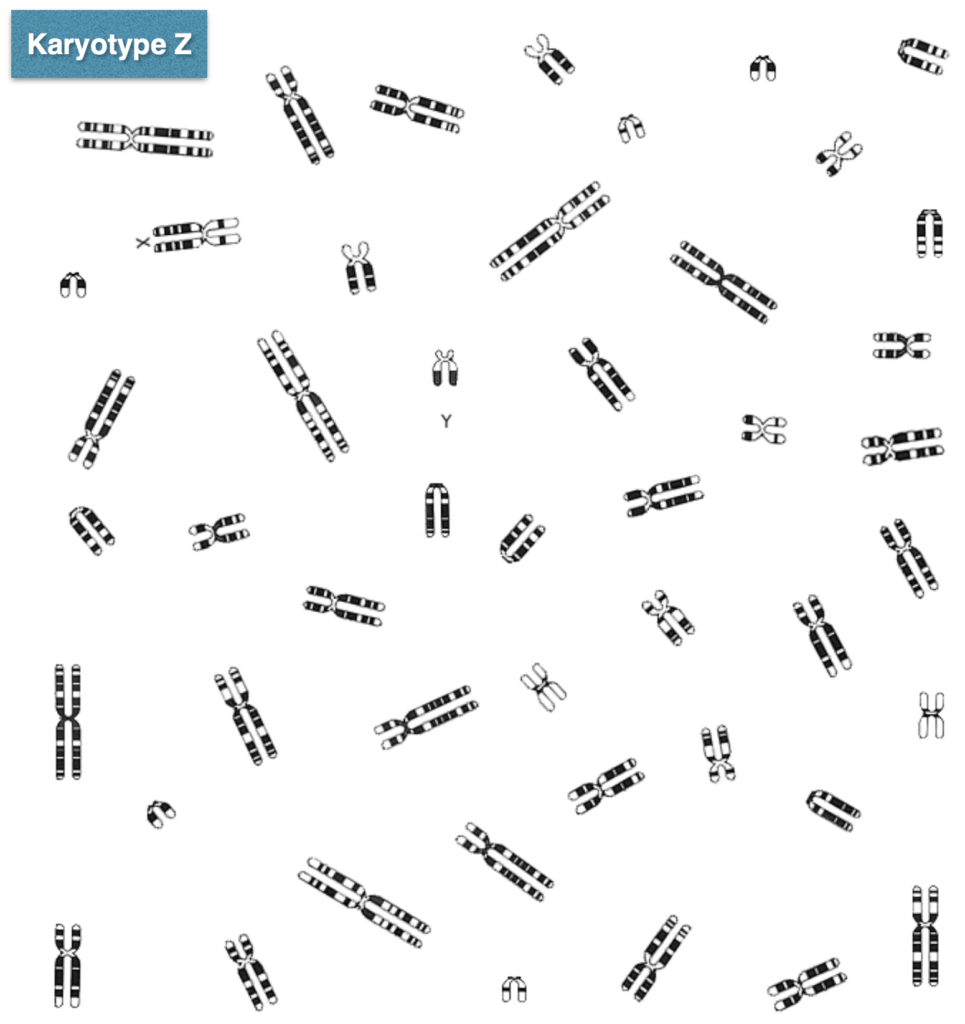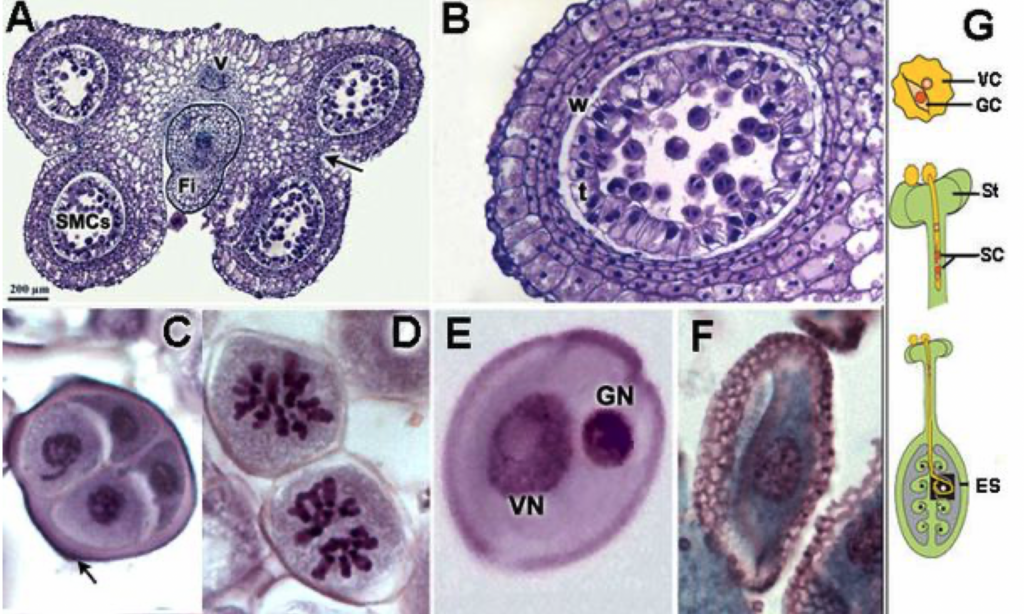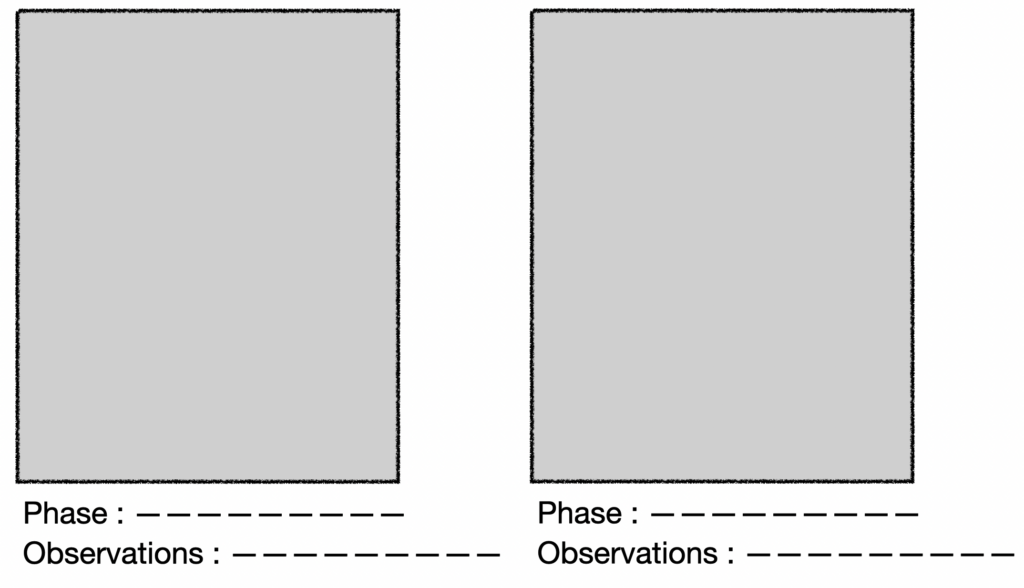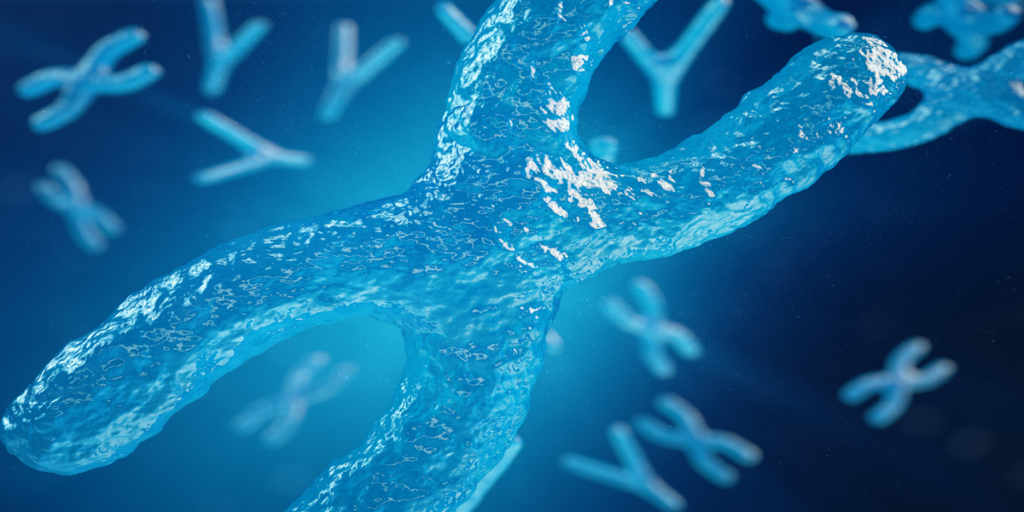lab activity: Meiosis
To understand genetics, you need to understand the cell division that produces gametes: meiosis.
In diploid organisms, meiosis involves two successive divisions: the first is reductional, because it separates the homologous chromosomes, and the second is equational, because it separates the chromatids.
A karyotype not only gives the number of chromosomes, but also makes it possible to associate homologous chromosomes if there are any. This is why manipulating karyotypes is a task that every final year student should know how to do.
So let’s start working on a karyotype!
1- Number of chromosomes

- How many chromosomes are present in that karyotype ?
- What is the diploid chromosome number for this karyotype ?
- What sex will the unborn child be?
2- Video : the different stages of meiosis
Watch the Video once to understand
Questions about the Video :
- What are the 2 events that occur in mitosis and not in mitosis ?
- What occur before prophase 2
- What does the spindle in metaphase 1 and metaphase 2 ?
- Why a child isn’t identical to either parent ?
3- Observe the meiosis in lily anther
Lab’s work :
In both of the spaces provided below, on the basis of your observations of the prepared slide of meiosis, draw and identify any one of the phases in the lily anther. Describe what is happening in these both phases of meiosis.

B- Pollen sac
C- Tetrad
D- Metaphase 2
E- Detail of an emerging pollen fear
F- Mature pollen grains
VC Vegetative cell ; GC Generating cell ; GN Generative nucleus ; VN Vegetative nucleus ; ES – Embryonic sac from http://svtmarcq.over-blog.com

You can help yourself to comment your photos with http://www.sumanasinc.com/webcontent/animations/content/meiosis.html
4- Exercise meiosis vs mitosis
1) List three major differences between the events of mitosis and meiosis..
2) Compare mitosis and meiosis with respect to each of the following.
Table 2: Comparing Mitosis and Meiosis
Topic Being Compared
| Topic Being Compared | Mitosis | Meiosis |
| Chromosome number of Parent Cells | ||
| Number of DNA Replications | ||
| Number of Divisions | ||
| Number of Daughter Cells | ||
| Chromosome Number of Daughter Cells | ||
| Purpose |
3) How are Meiosis I and Meiosis II different?
4) How do oogenesis and spermatogenesis differ?
5) Why is meiosis important for sexual reproduction?

